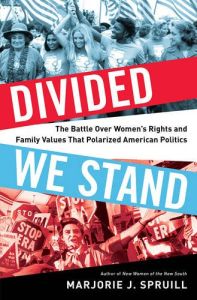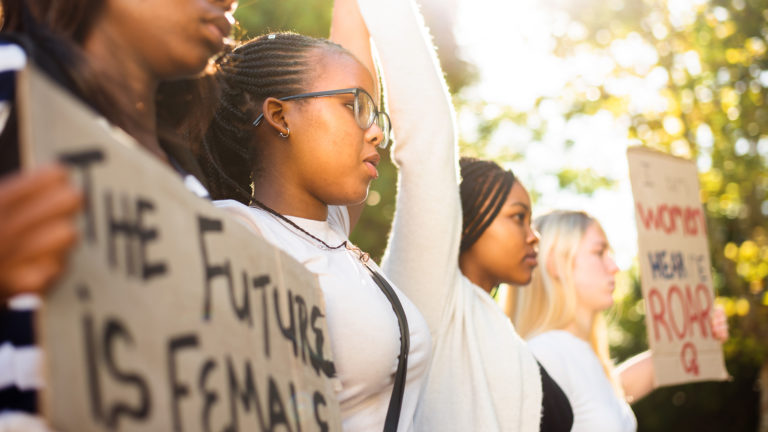Join getAbstract to access the summary!

Join getAbstract to access the summary!
Marjorie J. Spruill
Divided We Stand
The Battle Over Women’s Rights and Family Values That Polarized American Politics
Bloomsbury USA, 2017
What's inside?
The conservative right exploited fault lines in the women’s movement in the mid-1970s to thwart the ERA.
Recommendation
The Congress of the United States passed the Equal Rights Amendment (ERA) in 1972 with broad bipartisan support. But supporters’ hopes for ratification by the states fell apart by 1980. A small but mighty army of female, religious conservative activists organized by right-wing spokeswoman Phyllis Schlafly led the opposition. She charged that the ERA would take privileges away from American women and would undermine “family values.” Women’s history scholar Marjorie J. Spruill meticulously reconstructs the 1977 International Women’s Year (IWY) Commission process and its controversial conference at which Schlafly emerged as a leader. Spruill’s attention to detail may make the book longer than it needs to be, but her story of the fight over the ERA and how Schlafly skillfully rendered “feminism” a dirty word for decades is fascinating. The family values coalition has defined the Republican Party ever since. Noting that the opinions expressed are those of the author, getAbstract recommends this revealing history to women across the political spectrum, political organizers and those who study US history.
Summary
About the Author
University of South Carolina women’s history professor Marjorie J. Spruill also wrote New Women of the New South and is an editor for the Journal of American Studies.


















Comment on this summary